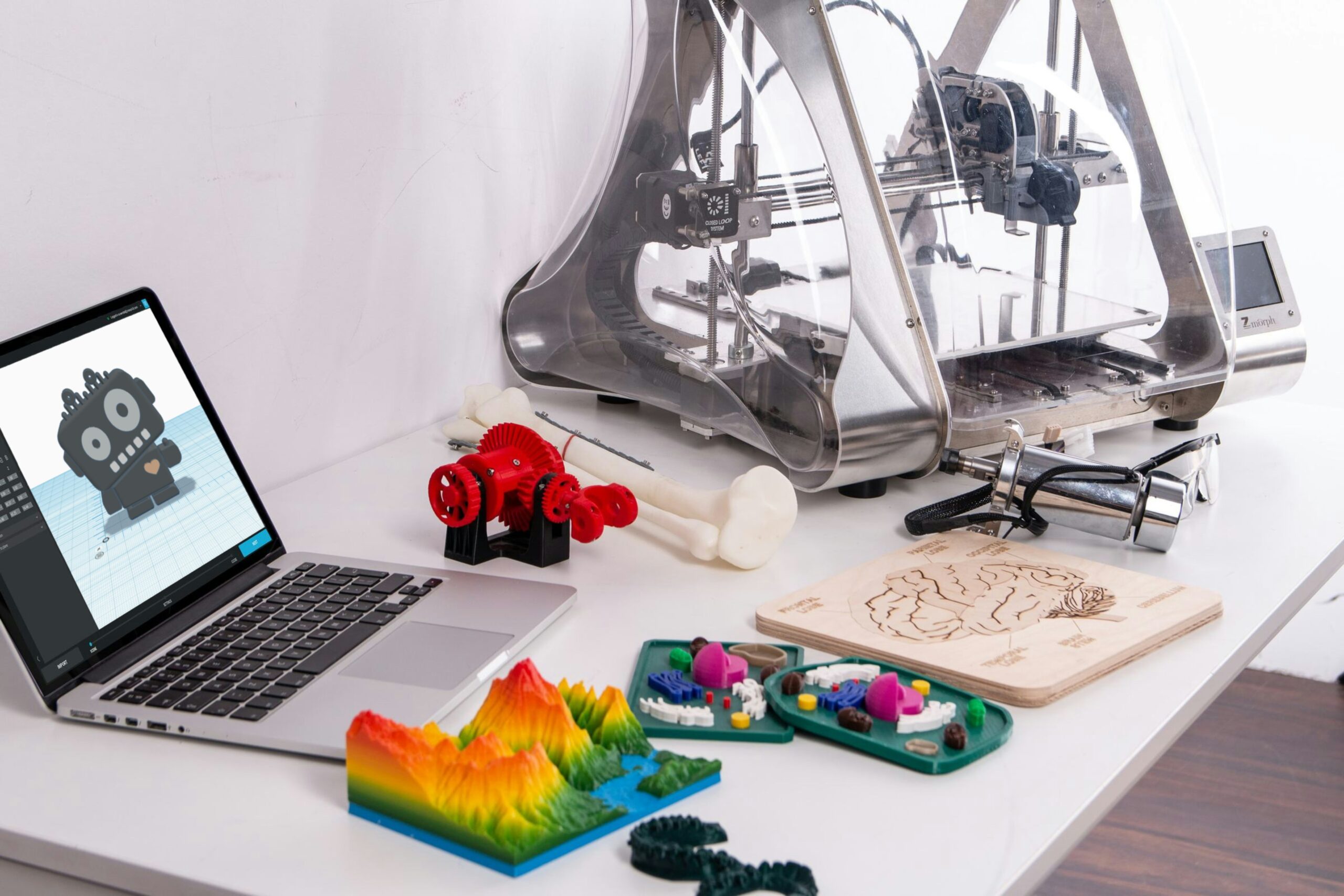3D Printing for Home Decor: Transforming Interior Design
3D Printing for Home Decor: Transforming Interior Design
3D printing is rapidly transforming the way we approach home decor and interior design. With its ability to create custom furniture, lighting, and decorative objects, this innovative technology offers endless possibilities for those looking to add a personal touch to their living space. In this article, we will explore how 3D printing is changing interior design, providing homeowners and designers with new tools to create unique, functional, and aesthetic decor items.
1. Customization in Home Decor
One of the primary advantages of using 3D printing in home decor is the ability to create fully custom designs. Whether you’re looking to print a one-of-a-kind lamp, a modern chair, or decorative wall art, 3D printing allows you to tailor every detail to your specific preferences. The flexibility of this technology enables designers and homeowners to create pieces that match their individual style, fit perfectly in their space, and complement existing decor.
Custom Furniture: From tables to chairs, 3D printed furniture can be designed to fit specific dimensions and unique styles. This customization opens the door to creating furniture that is not only functional but also a reflection of personal taste.
Personalized Lighting: Lighting plays a crucial role in interior design, and with 3D printing, it’s possible to produce bespoke light fixtures that add both ambiance and a focal point to any room.
Decorative Objects: 3D printed home decor items such as vases, sculptures, and wall art provide a way to incorporate artistic and personalized elements into your home.
2. Benefits of 3D Printing for Interior Design
3D printing offers several benefits that make it an attractive option for interior designers and homeowners alike:
Cost-Effective Customization: Traditional manufacturing methods for custom furniture or decor can be expensive and time-consuming. 3D printing significantly reduces both the cost and time required to produce custom items, making it more accessible to a wider audience.
Complex Geometries: With 3D printing, intricate designs and complex geometries that would be difficult or impossible to create with traditional methods are now feasible. This allows for the creation of truly unique, eye-catching decor pieces.
Sustainability: Many 3D printing processes use eco-friendly materials and produce less waste compared to traditional manufacturing methods. This makes 3D printing a more sustainable option for those looking to minimize their environmental impact in interior design.
3. Popular 3D Printed Home Decor Items
3D printing has found its way into various aspects of home decor, offering a range of possibilities for creating unique items:
Furniture: From minimalist chairs to modern coffee tables, 3D printed furniture is becoming increasingly popular in contemporary interiors. Designers can experiment with innovative shapes, materials, and textures, bringing a fresh perspective to furniture design.
Lighting: Customizable 3D printed lamps and light fixtures can be designed in intricate patterns, creating ambient lighting that doubles as a piece of art. These lights can be tailored to fit any space and style.
Decorative Objects: 3D printing enables homeowners to create personalized decor items such as vases, wall art, or even architectural elements like moldings and trim. The versatility of 3D printing ensures that these pieces are not only decorative but also functional.
4. Materials Used in 3D Printed Home Decor
The materials used in 3D printing home decor are just as varied as the designs themselves. Depending on the intended use and aesthetic, a range of materials can be utilized, including:
Plastics: The most common material for 3D printed decor, plastics offer flexibility and affordability, making it easy to experiment with different designs.
Wood Filaments: For those who prefer a natural look, wood-based filaments offer the appearance of wood while still providing the flexibility of 3D printing.
Metals: 3D printed metal decor pieces add an industrial and modern touch to any interior. Metals such as stainless steel or bronze can be used for decorative objects, lighting fixtures, or even structural elements.
5. The Future of 3D Printing in Interior Design
As 3D printing technology continues to evolve, its applications in interior design will likely expand. Designers are already experimenting with large-scale 3D printed furniture and architectural elements. The integration of smart home technology into 3D printed decor is another exciting frontier, offering the possibility of combining aesthetics with cutting-edge functionality.
Conclusion
3D printing has revolutionized the world of home decor, providing endless opportunities for creating personalized, unique items that reflect individual style and meet specific design needs. Whether you’re looking to design custom furniture, create intricate decorative objects, or experiment with new materials, 3D printing offers a level of creativity and flexibility unmatched by traditional methods. As the technology continues to advance, its role in interior design will only grow, shaping the future of how we furnish and decorate our homes.



